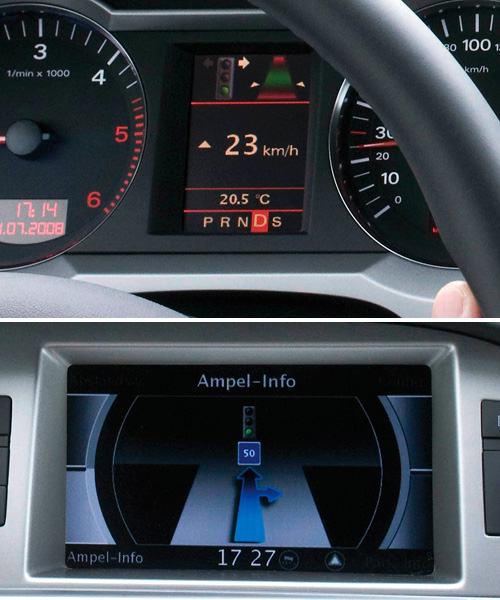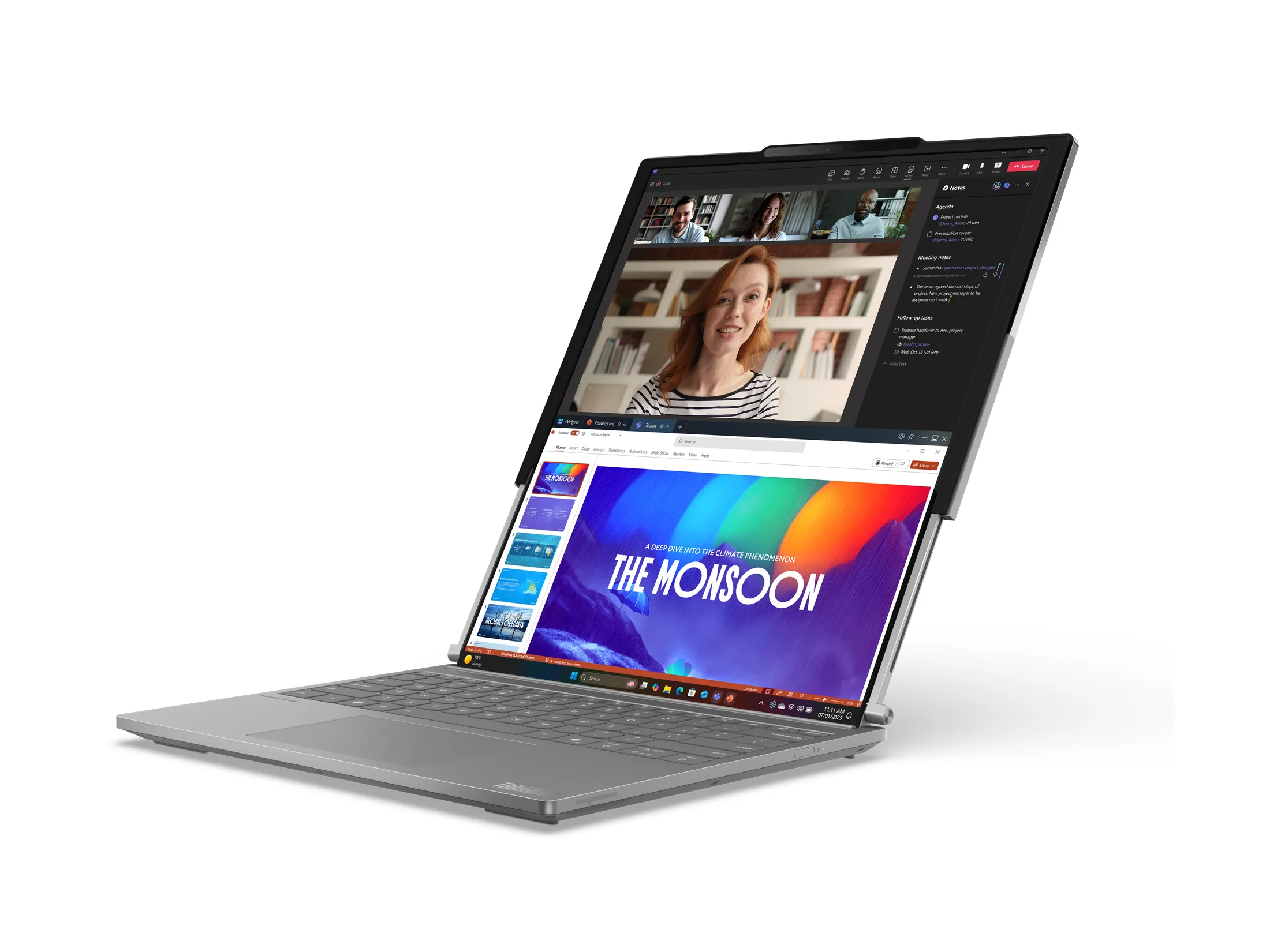
By Andrew Liszewski
How many times have you approached a red light and tried to play the ‘let’s see how slow I can drive without stopping before the light turns green’ game? Well a new project in Audi’s hometown of Ingolstadt, Germany will be providing certain drivers with an actual countdown of how long it will be before a red light turns green. That way if they’re approaching a red light they’ll have a better idea of what speed they should drive in order to hit the green phase without having to stop and then accelerate again.
The experimental ‘Travolution’ system, developed with Audi support by traffic management experts in the brand’s German home town of Ingolstadt, will not only improve synchronisation and phasing of traffic light networks to reduce stopping times, but could also dramatically reduce the number of actual stops needed by creating a communications link between cars and the traffic light network.
Communications modules built into each traffic light are able to send messages to cars in the vicinity, alerting them to the time remaining until their next green phase. The car’s onboard system is then able to calculate the speed which the driver must maintain in order to pass through the light during this green phase, and displays this via the Multi Media Interface display.
A network of 46 of the ‘intelligent’ traffic lights has been installed in the centre of Ingolstadt, the software to which they are all linked optimising their phasing to bring stopping times down to a minimum, reducing fuel consumption and pollution in the process.
And besides the benefits of streamlining urban traffic flow and reducing CO2 emissions, I imagine knowing how long a light will be red would make waiting at an intersection a bit less tedious.
[ Audi Backed ‘Travolution’ Project Gets The Green Light ] VIA [ Autoblog ]










